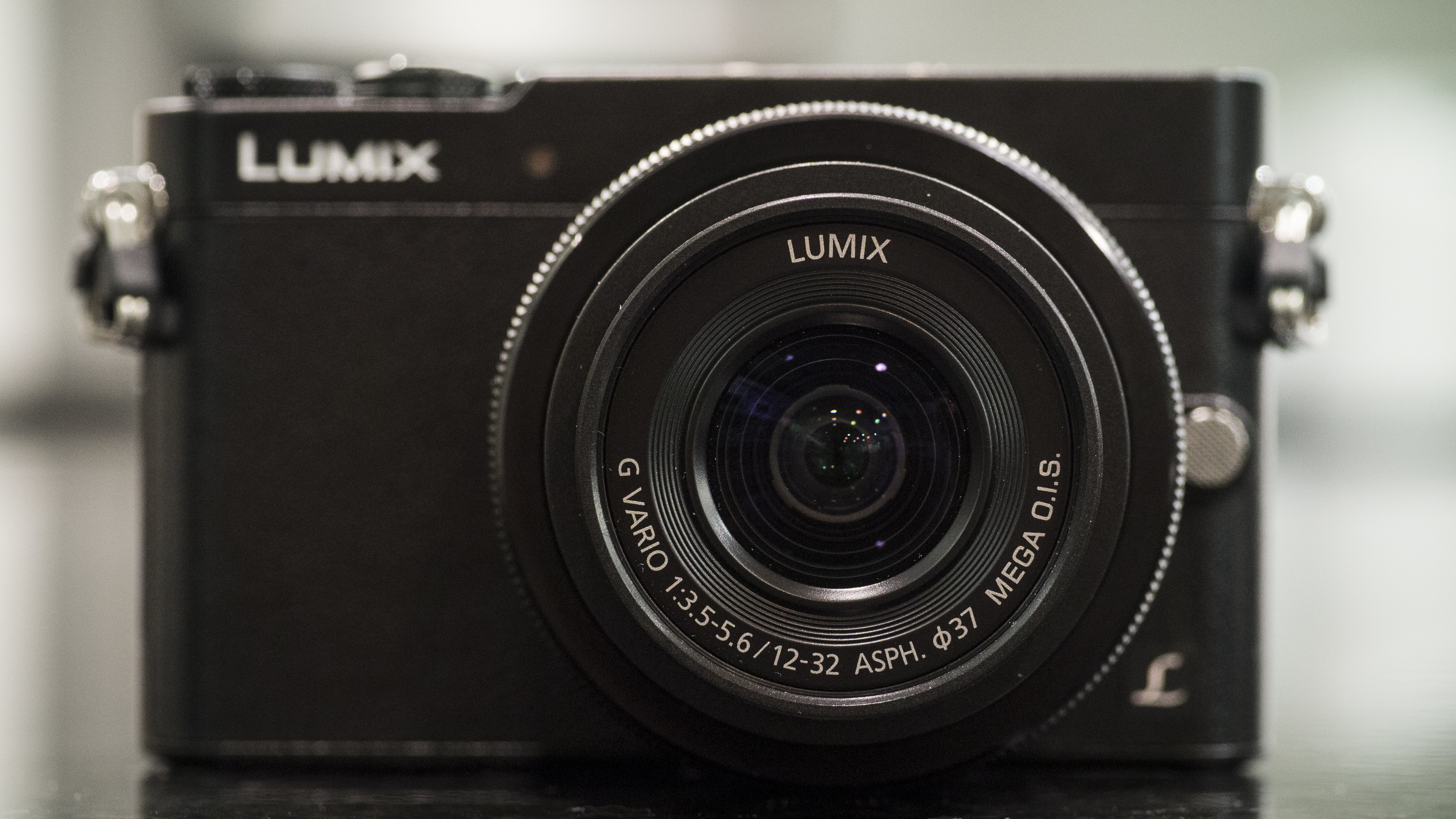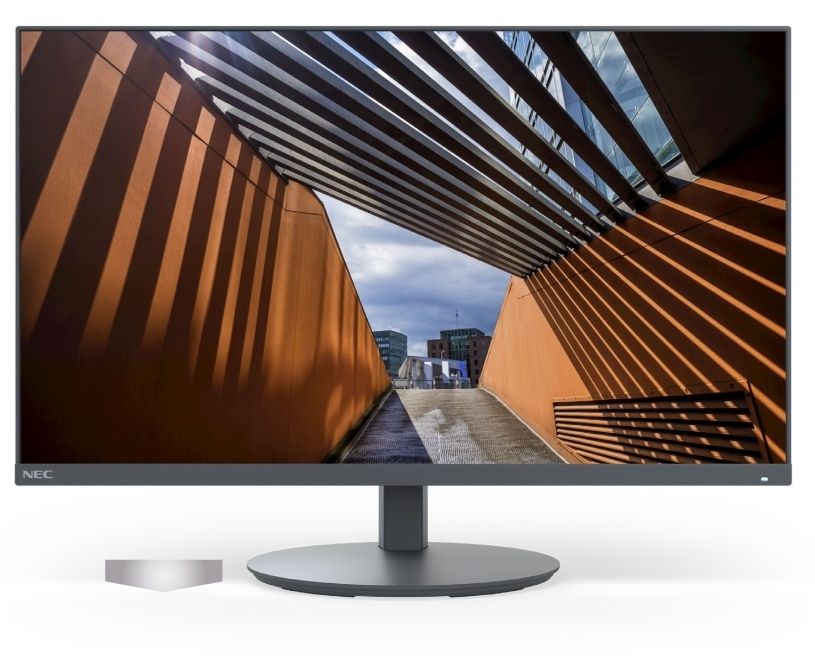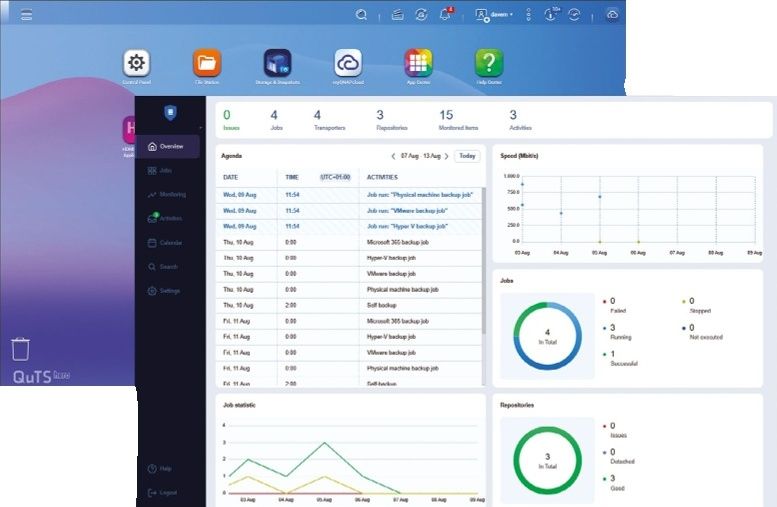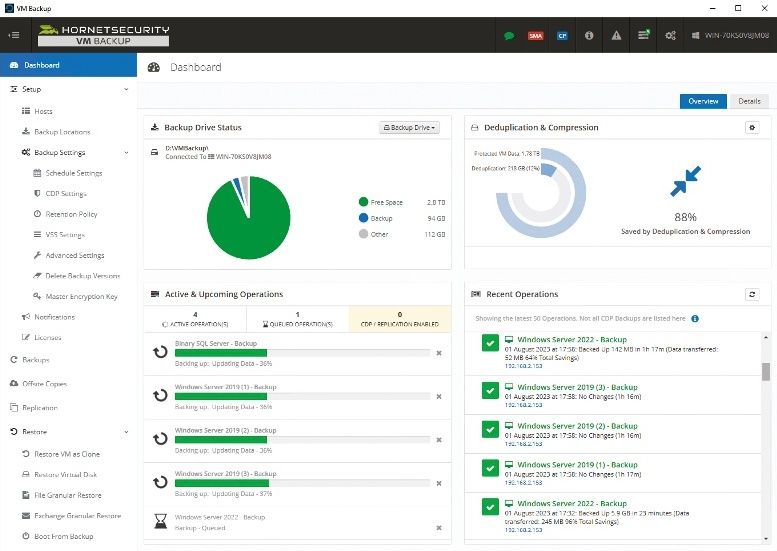TechRadar Verdict
Superb image quality from a fantastic feat of camera engineering - perhaps the ultimate carry everywhere camera.
Pros
- +
Tiny body
- +
Touch sensitive screen
- +
Electronic viewfinder
- +
Wi-Fi connectivity
- +
Excellent range of digital filters
Cons
- -
No NFC
- -
Touchscreen sometimes a little over sensitive
- -
Fixed screen
Why you can trust TechRadar
Back in October 2013, Panasonic first introduced the GM1. This was a line of new super-small cameras, which despite its small size still managed to fit in a 16-megapixel Micro Four Thirds sensor. Naturally, this means it could use regular Micro Four Thirds lenses too, just like other Panasonic and Olympus compact system cameras..
The GM1 was actually smaller than some compact cameras on the market, most notably the Sony RX100 II, but it came with the benefits of both a larger sensor and interchangeable lenses.
Now, Panasonic has managed to push the concept even further. The GM5 keeps the same sensor but adds a viewfinder and hotshoe, making it all the more appealing to experienced photographers who want something small and light which is still capable of producing high quality images.
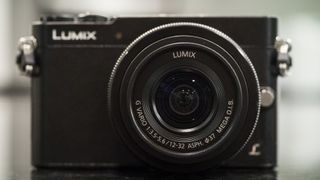
The camera now also comes bundled with a tiny flash in the box which you can attach to the hotshoe. If you prefer, you can also use other flashes and accessories.
There have been other improvements, including a sensitivity expansion setting of ISO 100, which takes the full range to ISO 100-25,600 (it's 125 at the lowest setting on the GM1); a boost in the maximum continuous shooting rate from 5fps (frames per second) to 5.8fps, or 5fps with AF tracking engaged instead of 4fps; the addition of Snap Movie mode; and Manual Creative Control when recording video.
Wi-Fi is built-in, but unlike some of the other Panasonic compact system cameras, there's no NFC. Panasonic claimed that with the GM1 that there simply wasn't room for the chip inside the camera's diminutive body. Panasonic has included a QR code which can be scanned for quicker setting up of Wi-Fi connectivity for the first time. Wi-Fi can be used with Panasonic's Image App (available as a free download for both iOS and Android) to remotely control the camera, or for quick sharing of images to social networks.
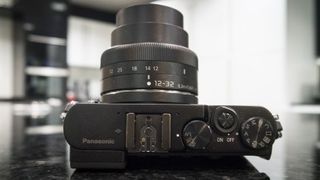
Also new is Eye/Face Detection AF, Highlight and Shadow adjustment and Panasonic's Creative Panorama – the ability to add 18 of the 22 Creative Control options when shooting panoramic images.
Like the GM1, the GM5 has a 921,000 dot, 3-inch touchscreen for composing images, making settings selections and scrolling through images. It is now joined by a 1,166,000 dot electronic viewfinder (EVF) to make image composition and review easier in bright light – or for those who just prefer to use viewfinders rather than the screen on the back of the camera.
Full HD video recording is available in both AVCHD and MP4 formats at 24p. You can also record time lapses and stop-motion animations quickly and easily with the camera.
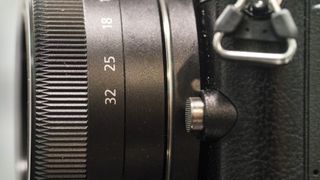
In order to keep the overall system size down, the GM5 comes bundled with a smaller kit lens than other Panasonic compact system cameras, coming with a 12-32mm f/3.5-5.6 retractable pancake-style lens. In 35mm terms, that's a range of 24-64mm. There's a huge range of lenses available for the Micro Four Thirds range, though, and it's not just limited to those manufactured by Panasonic; Olympus lenses are also compatible, as well as those from third-party manufacturers such as Sigma and Tokina.
So what's the competition? There are a couple of different ways to look at this. The GM5 goes up against other miniature compact system cameras, such as the Nikon 1 range, or the Samsung NX Mini, but it's worth noting that these cameras only feature one-inch sized sensors, which are some way smaller than the GM5's.
On the other hand, given their size and the likely target audience, the GM5 is also up against premium compact cameras, such as the Sony RX100 III, the Canon G7X and potentially cameras like the Fuji X30 and the Canon G1X Mark II.
Amy has been writing about cameras, photography and associated tech since 2009. Amy was once part of the photography testing team for Future Publishing working across TechRadar, Digital Camera, PhotoPlus, N Photo and Photography Week. For her photography, she has won awards and has been exhibited. She often partakes in unusual projects - including one intense year where she used a different camera every single day. Amy is currently the Features Editor at Amateur Photographer magazine, and in her increasingly little spare time works across a number of high-profile publications including Wired, Stuff, Digital Camera World, Expert Reviews, and just a little off-tangent, PetsRadar.
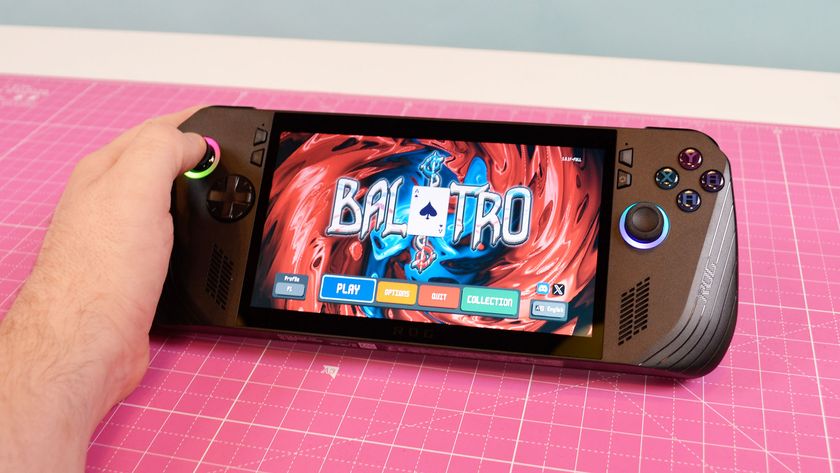
Forget the Nintendo Switch 2 – I’m more excited that Microsoft could be making Windows 11 gaming handhelds even better with a new ‘handheld mode’
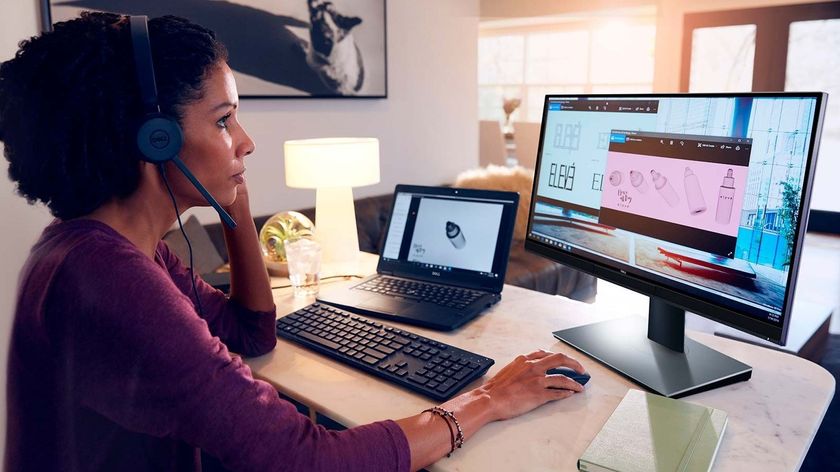
Hybrid working here to stay? Survey finds huge number of workers would quit if ordered back to the office

Great news everyone! Google is going to let you transfer your passkeys to a new phone
